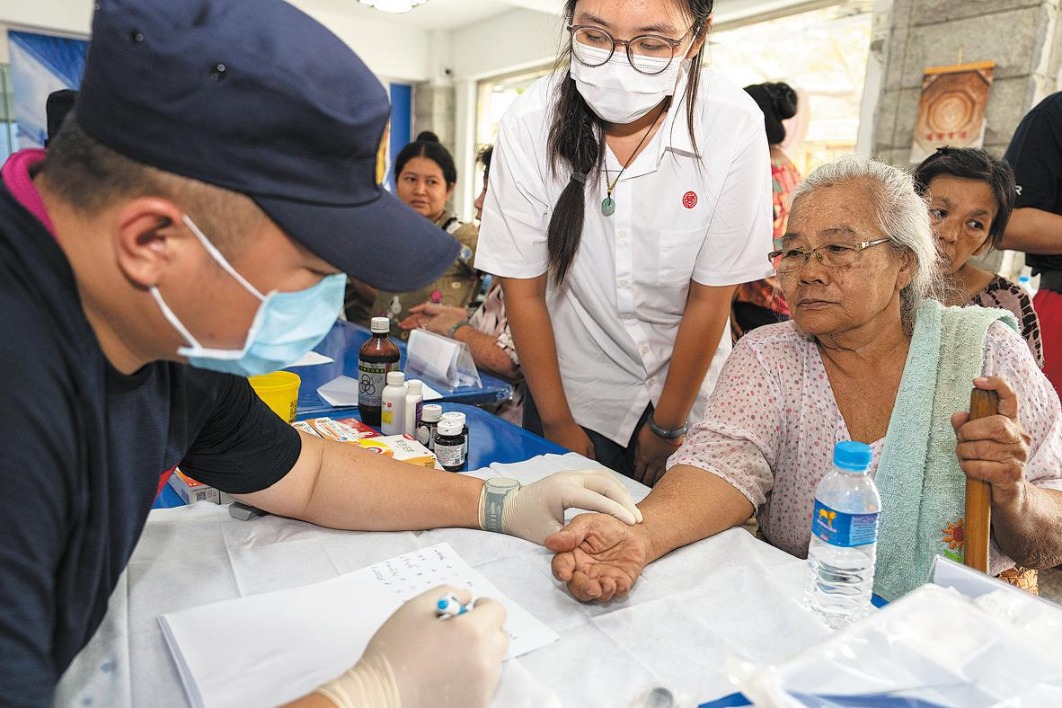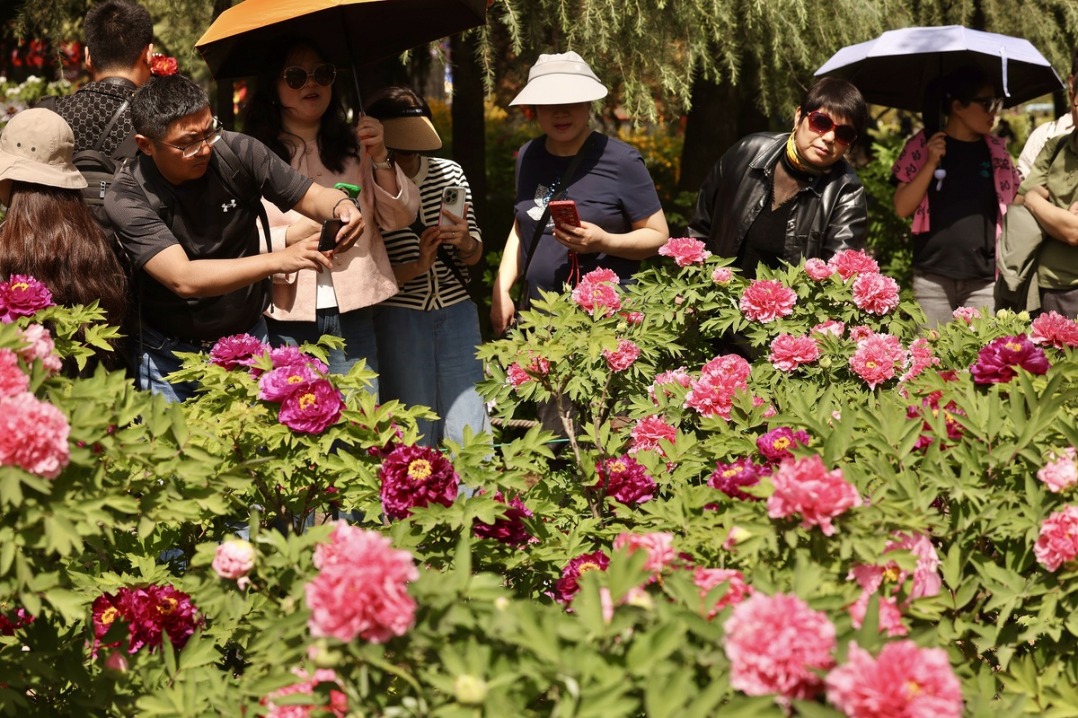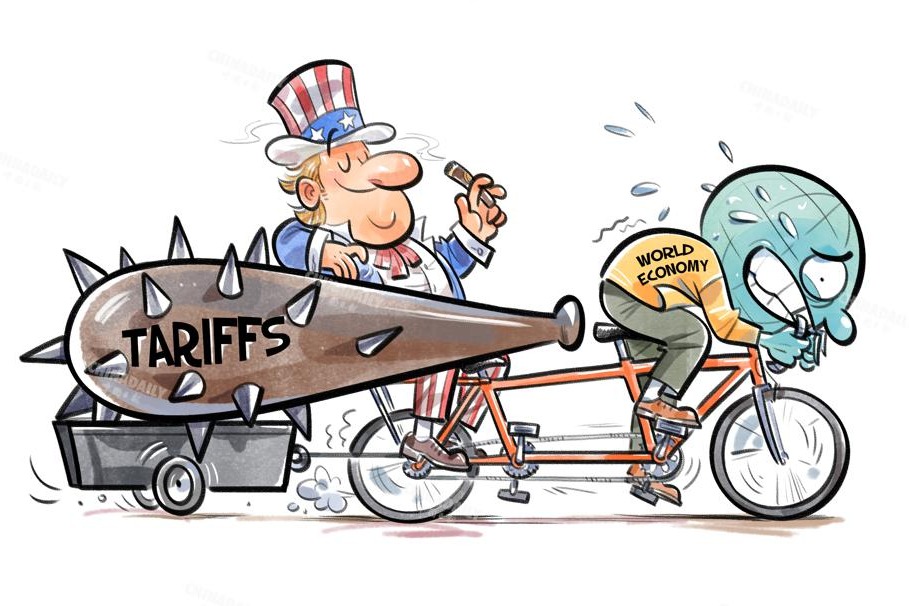Financial inclusion in China: An indispensable tool for poverty alleviation


China's progress in alleviating poverty in the last four decades has been phenomenal and worthy of emulation. Data from the World Bank indicate that after the country's economic reforms in 1978, over 850 million people have been lifted out of poverty in China, the highest ever recorded in human history.
The outcome of implementing evidence-based economic policies has been extremely rewarding for China, especially in achieving targets for poverty eradication. Notable among these essential economic policies have been the financial sector reforms that have stimulated financial inclusion in China. These policies are enhancing access to financial services, which is eventually reducing poverty as poor households can now save part of their income, conduct business transactions, insure against risk, and access credit from financial institutions.
Through pro-poor policies that are aimed at fostering financial inclusion among the extreme poor in China, poor households are able to invest in their education and access credit from lending institutions for their small and medium-sized enterprises. During unexpected occurrences such as an outbreak of a pandemic, floods or drought, loss of a breadwinner, and unemployment, by owning an account at a financial institution serves as an indispensable tool in surviving economic downturns; this prevents low-income households from falling into poverty.
Currently, China's rate of account ownership is at par with other G-20 countries. However, this achievement has not been a fluke. Today, China has developed a robust financial infrastructure with agent networks that are considered to be one of the largest in the world. Through the effective implementation of prudent financial policies, information asymmetry between lenders and borrowers has been reduced significantly; this has led to the efficient transfer of money in China.
As a result of this development and with the help of digital financial inclusion, China's formal financial sector is able to extend financial services to the underserved and unbanked population, specifically those in the rural areas. China's growth in financial inclusion has been preceded by reforms in rural credit cooperatives and policy banks, the scaling of fintech companies and other digital finance providers with the purpose of making financial services accessible.
In the last two decades, the Chinese government, in an effort to boost financial inclusion, has improved the country's financial infrastructure to meet all the requirements for an effective financial regulatory framework. Policies on tax, monetary, and supervision of the financial service providers have all been implemented by the Chinese government with the ultimate goal of reducing the operational cost of financial institutions, particularly those that are providing financial services to the underserved population.
These germane policies are facilitating a top-notch financial regulatory environment that is supporting innovation in digital finance, which is encouraging financial institutions to leverage financial infrastructure and technology to extend financial services to the underserved population, reduce inequality and promote shared prosperity.
Highlights of the China Rural Financial Services Report for 2018 shows that the functionality of China's rural financial ecosystem has been improved significantly. This outcome has been realized partly as a result of advancement in financial inclusion. The provision of adequate financial infrastructure such as augmenting the capacity of the credit information system to host credit files of 184 million rural households and 2.61 million micro, small and medium-sized enterprises, providing Automated Teller Machines (ATMs) and Point of Sale (POS) to remote areas and bank settlement account have all been instrumental in improving financial inclusion in the rural parts of China, where the predominant source of employment is agriculture.
With a section of the rural population gaining access to financial services, outstanding agricultural loans for all financial institutions in the country have soared by 534.4 percent, representing an annual growth of 16.5 percent from 2007 to 2018. The enhanced access to financial services for agricultural purposes is facilitating productivity in the agriculture sector, promoting rural economic development, and eradicating poverty in China.
For instance, with financial institutions customizing credit and insurance products for the poor population, the outstanding targeted loans for poverty alleviation in 2018 was 4.2461 trillion yuan, up by 12.5 percent from the previous year. Whiles the outstanding central bank loans for poverty alleviation by the end of 2018 was also 182.2 billion yuan, thus an increase of 12.7 percent over the previous year. In all, a total of 27.65 billion yuan of bank bills in 26 tranches was issued for poverty alleviation.
China's commitment to poverty alleviation via economic reforms that have the tendency to improve financial inclusion is worthy of emulation, particularly for Africa and South Asia, which together host the largest percentage of the world's extremely poor population. In the wake of the COVID-19 pandemic, countries in Africa and South Asia could rely extensively on digital payment technologies to offer financial assistance to poor households and small and medium-sized enterprises.
The reliance on digital finance will support the social distancing measures that have been adopted to curb the spread of the coronavirus. To alleviate poverty through financial inclusion in the long-term, countries in South Asia and Africa could draw lessons from China's financial inclusion models by partnering with Chinese digital financial service providers and other relevant Chinese organizations.
Alexander Ayertey Odonkor is an economic consultant, chartered financial analyst and chartered economist with a focus on the economic landscape of countries in Asia and Africa.
































